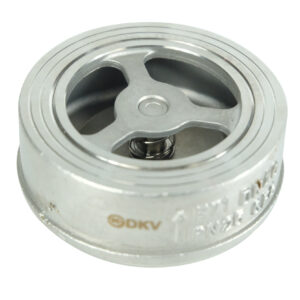
What Is a Check Valve and How Does It Work?
What Is a Check Valve and How Does It Work? Introduction — Why Check Valves Matter in Industrial Systems In every pipeline system, fluid needs
Gate valves are essential components in industrial piping systems, commonly used for on/off control of fluids. Despite their simple operation, they feature a variety of designs and parts optimized for different pressures, temperatures, and industrial applications.
Understanding the different types of gate valves and their components is crucial for engineers, maintenance personnel, and procurement managers to ensure correct selection, reduce maintenance issues, and optimize system efficiency.
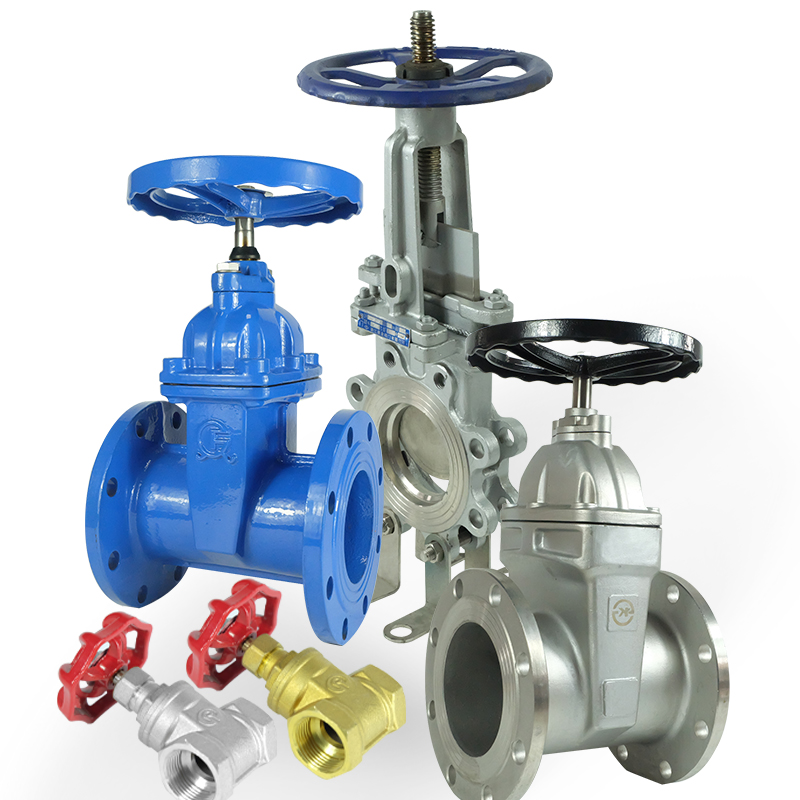
A gate valve is a linear motion valve that uses a gate or wedge to block or allow fluid flow.
Its primary purpose is to provide full-bore flow with minimal pressure drop when fully open.
Gate valves are widely used in industries such as oil & gas, petrochemical, power generation, water treatment, and chemical processing.
They can handle high pressure and high-temperature fluids, making them versatile for various industrial applications.
Procurement tip: Gate valves are generally not recommended for throttling applications, as partial opening can cause vibration, wear, and leakage.
There are several common types of gate valves, each designed for specific operating conditions:
Engineer’s note: The flexible wedge design is often preferred in water treatment and chemical pipelines due to its improved sealing under thermal expansion.
Understanding gate valve components is essential for maintenance and proper selection:
Procurement insight: Confirm that all critical components are compatible with system pressure, temperature, and medium to avoid early failure or leakage.
Gate valves operate by moving the gate vertically into or out of the flow path. When fully open, the gate is completely retracted, allowing unobstructed flow.
When closing, the gate lowers into the seat, providing a tight seal.
Rising stem valves give visual feedback for position, while non-rising stem valves conserve vertical space. Flexible and parallel wedge gates accommodate thermal expansion and pressure variations, ensuring long-lasting performance.
Engineer’s note: Avoid using gate valves for throttling, as partial openings can lead to vibration, erosion, and accelerated wear of the gate and seats.
Gate valves are applied in numerous sectors due to their full-bore flow and ability to handle high pressures:
Case Example: A power plant installed flexible wedge gate valves in high-temperature steam lines, reducing leakage incidents and maintenance costs by 20% compared to solid wedge designs.
Understanding the types and parts of gate valves is essential for optimizing industrial fluid systems. Proper selection ensures reliable operation, reduces maintenance costs, and extends valve service life. DKV Valve provides a wide range of certified gate valves tailored for various industrial applications.
📩 Contact DKV Valve today to request technical datasheets, pricing, or customized gate valve solutions backed by over 40 years of engineering expertise and global supply experience.

What Is a Check Valve and How Does It Work? Introduction — Why Check Valves Matter in Industrial Systems In every pipeline system, fluid needs
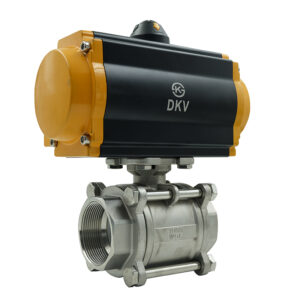
What Is a Pneumatic Valve ? In modern industries, the performance of a valve often determines the efficiency, reliability, and safety of a process system.Pneumatic
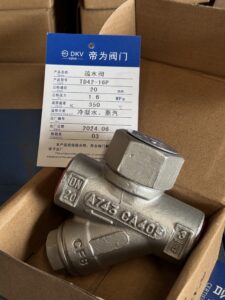
What Is a Steam Trap & How Does It Work? Introduction — The Hidden Hero in Steam Systems In every industrial steam system — whether
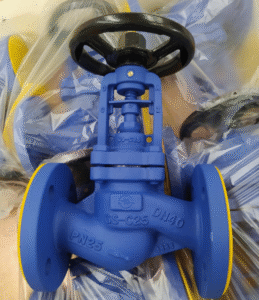
Why Use a Globe Valve Instead of a Gate Valve? A Practical Guide for Engineers & Procurement Managers Introduction — Making the Right Valve Choice
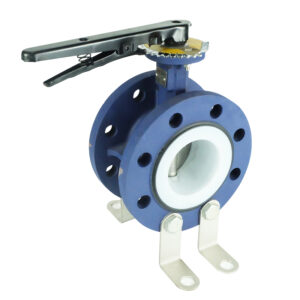
What Is the Main Advantage of a Butterfly Valve? Introduction — why this question matters When you plan an industrial piping system, valve selection affects

Electric Valves: Comprehensive Guide for Industrial Applications In modern industrial automation, electric valves play a critical role in regulating fluid flow with precision and reliability.
Poly Center T41601, Le Cong Town, Shunde District, Foshan City, Guangdong Province, China
We will contact you within 1 working day, please pay attention to the email with the suffix “@dkvchina.com”.
We will contact you within 1 working day, please pay attention to the email with the suffix “dkvchina.com”.